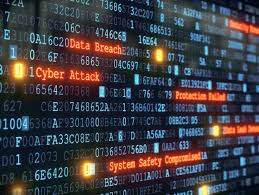This piece by Rabbi Joel Kenigsberg was first published in this week's Hanassi Highlights.
When God reveals to Avraham His plan to destroy the city of
Sodom, Avraham does the unthinkable: he argues back. We are told “Vayigash
Avraham”—“Avraham stepped
forward”—a term elsewhere used to
describe battle. Avraham, the man of faith, goes to war with Heaven itself.
But why? Why fight for Sodom, a city whose cruelty and
corruption were beyond repair?
At first glance, Avraham seems to be pleading for the righteous minority. “Will You destroy the righteous with the wicked?” he asks. Yet as the dialogue unfolds, something deeper emerges. Avraham doesn’t just ask that the righteous be spared; he pleads for the entire city to be saved - “Perhaps there are fifty righteous people within the city; would You not forgive the place for their sake?”
This is not a technical argument about justice. It’s a
vision of hope. Avraham sees potential not only in the innocent few but even in
the wicked many. As the Taz notes, Avraham didn’t need to argue for the
survival of the righteous—Hashem would
never punish them unjustly. What Avraham was really praying for was Sodom’s
redemption, not its survival alone.
To understand this, it’s helpful to contrast Avraham’s
approach with that of Noach. Chazal fault Noach for failing to pray for his
generation. Rashi quotes the statement of our Sages that Noach was “mikatnei
Emunah”—lacking in faith. The Kedushat
HaLevi explains that Noach’s flaw was not a lack of faith in God but really a
lack of faith in himself and, by
extension, in others. Noach didn’t
believe he could change his world. Avraham, by contrast, had faith on three
levels: in God, in himself, and in humanity.
Sodom was everything Avraham opposed—a society that outlawed kindness and punished compassion. Yet he
still believed that even in Sodom there might be a spark of holiness waiting to
be rekindled. Ultimately, God revealed that it was too late for the inhabitants
of Sodom, but Avraham’s struggle stands as a testament to his faith in human
potential.
Avraham taught us that to believe in others is to help them
believe in themselves. That belief—seeing
people not as they are but as they could be—remains
his legacy. To live as children of Avraham is to look at others with eyes of
possibility - to see the Divine spark even in those who seem distant, and to
help bring it to light.
Shabbat Shalom
Rabbi Joel Kenigsberg













